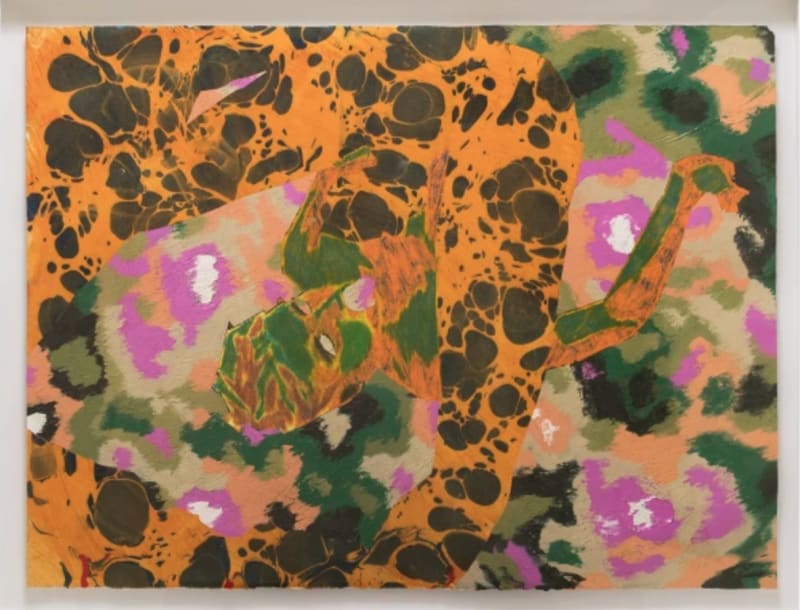The inaugural exhibition at Capsule Shanghai might prove instructional for Americans still wrangling with the issue of who ought to be admitted to which bathrooms. Despite the complex rhetorics of sex and gender, people are still humans with basic needs. It is this shared ethos and pathos that is eloquently articulated in the group exhibition that binds the works of eight artists in the welcoming space of this expansive lane-house gallery on the historic Anfu Road.
Like her potent video Men's Bathhouse (1999), presented at the Polish Pavilion of the 48th Venice Biennale, Katarzyna Kozyra's Faces (2005-6) reveals yet another dimension of her subtle yet powerful challenge to accepted social norms. The one-hour-and-28-minute-single-channel video of contorted faces, fraught with distress and agony, becomes the focal point of raw emotions revealed by acclaimed dancers performing in various genres from ballet to hip-hop. The dramatic enunciations inscribed on each visage illuminate the tenuous divide that separates pain from pleasure. Hauntingly poetic, the heightened moments evoking the dancers' interior reflection are enacted upon their faces as if that itself were the stage.
In the gallery's largest space, which overlooks an idyllic garden, painted canvases of reposing male figures by the Israeli-born American artist Doron Langberg adorn the pristine white walls. Each languid body offers up a sense of arresting vulnerability (enhanced by the paints' vibrant hues) that solicits a voyeuristic gaze. It takes the eyes a moment to adjust before recognising that the figure in the works in the Bent series (2012-13) is portrayed in a contorted enigmatic pose alluding to self-lust.
In a similar manner, it takes another few seconds to register that the abstract forms in the paintings by American artist Sarah faux belong to what she describes as the 'fugue state', or the slippery zone between figuration and abstraction. She utilises the incongruent viewpoint of multiple perspectives and flattened human forms through compositional overlap to make ambiguous the sexual referent of her figures.
The element of naughtiness is playfully employed in the painting The MET #3 (2015) by Huang Hai-Hsin, which represents a group of gentrified elderly ladies on a museum visit as they appreciate the frontal details a sculptural god fully exposed in the nude for their viewing pleasure.
The formidable opening exhibition at Capsule Shanghai allows us to transcend the constraints of our physical bodies by allowing our sentiments to take flight. As we momentarily take leave of our physical selves, the doors and walls of segregation become meaningless in a shared community of mutually inclusive exchange.




